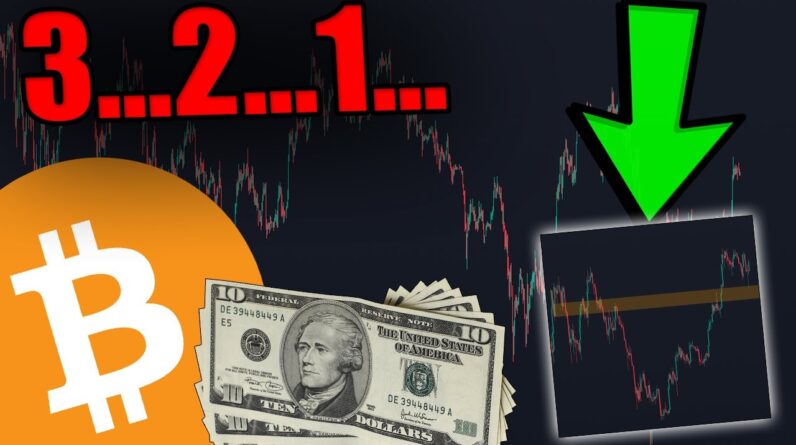
United States-based spot Bitcoin exchange-traded funds (ETFs) recorded one of their lowest net inflow days of just $132 million on March 14 — the lowest level in the past eight trading days and an 80% fall from March 13. The Thursday drop marked the second consecutive day of decline.
Understanding the Dynamics of Bitcoin ETF Inflows Amid Market Volatility
Introduction
In recent days, the spotlight has been on spot Bitcoin exchange-traded funds (ETFs) as they navigate through fluctuations in net inflows amidst a volatile crypto market. On March 14, a significant decline was observed, marking one of the lowest net inflow days in the past eight trading days, accompanied by a noteworthy 80% drop from the previous day.
Bitcoin ETF Inflows: A Day-to-Day Analysis
March 14: A Downturn in Inflows
On March 14, spot Bitcoin ETFs in the United States witnessed a notable decrease in net inflows, amounting to just $132 million. This decline is stark when compared to the robust inflow of $684 million on March 13, representing a 38.3% reduction. The day prior, on March 12, had set a high bar with record-breaking single-day inflows of $1.05 billion.
Breakdown of Inflows and Outflows
Despite the overall decrease in net inflows, certain ETFs experienced varying trends. Notably, the Grayscale Bitcoin Trust ETF (GBTC) saw outflows amounting to $257 million, while the iShares Bitcoin Trust ETF by BlackRock recorded the highest inflows at $345 million. This mixed bag of inflows and outflows highlights the nuanced investor sentiment within the Bitcoin ETF landscape.
Factors Influencing Market Sentiment
Market Volatility and Regulatory Uncertainties
The recent downturn in ETF inflows coincides with broader market volatility, particularly as the price of Bitcoin dipped below $69,000. Regulatory uncertainties, coupled with macroeconomic factors, have likely contributed to investor caution. The looming Federal Open Market Committee meeting adds to the apprehension, with investors eagerly awaiting insights into the Federal Reserve’s stance on future interest rates.
Correlation with Bitcoin Price Fluctuations
The correlation between ETF inflows and Bitcoin price movements is unmistakable. Following a bullish surge on March 13, where Bitcoin soared to a new all-time high above $73,000, the subsequent reversal in price trajectory coincided with the decline in ETF inflows. The price dip on March 15 further underscored this correlation, with leveraged positions being liquidated amid market uncertainty.
Conclusion
The recent fluctuations in net inflows of spot Bitcoin ETFs provide valuable insights into investor sentiment amidst a backdrop of market volatility and regulatory speculation. As Bitcoin continues to assert its position in the financial landscape, understanding the dynamics of ETF flows becomes increasingly crucial for market participants and observers alike.


![THESE BITCOIN WHALES JUST FOOLED EVERYONE! [Exact strategy....]](https://www.cryptocurrents.net/wp-content/uploads/2024/08/these-bitcoin-whales-just-fooled-everyone-exact-strategy-WhgubJxMmeA-796x445.jpg)

![WARNING: EVERY BITCOIN BEAR WILL BE LEFT CRYING [Huge chart.....]](https://www.cryptocurrents.net/wp-content/uploads/2024/08/warning-every-bitcoin-bear-will-be-left-crying-huge-chart-jgadWvvgEJw-796x445.jpg)

